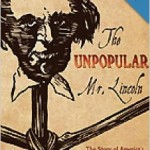 This book, The Unpopular Mr. Lincoln: The Story of America’s Most Reviled President, is a rather extraordinary look at Abraham Lincoln. And a remarkably pleasant surprise given the uncustomary view of Lincoln, as well as the providence of the author. Larry Tagg is not whom you might expect to be writing a biography of Abraham Lincoln. Some will recognize the name from the music world and Tagg’s band Bourgeois Tagg, or from his many years touring with Todd Rundgren, Hall & Oates, and opening for Robert Palmer, Belinda Carlisle and others. Now a high school English and drama teacher in California, Tagg surprises the reader with his deep understanding of Lincoln and his times. And he tackles an often overlooked and difficult facet of how Lincoln was viewed by contemporaries.
This book, The Unpopular Mr. Lincoln: The Story of America’s Most Reviled President, is a rather extraordinary look at Abraham Lincoln. And a remarkably pleasant surprise given the uncustomary view of Lincoln, as well as the providence of the author. Larry Tagg is not whom you might expect to be writing a biography of Abraham Lincoln. Some will recognize the name from the music world and Tagg’s band Bourgeois Tagg, or from his many years touring with Todd Rundgren, Hall & Oates, and opening for Robert Palmer, Belinda Carlisle and others. Now a high school English and drama teacher in California, Tagg surprises the reader with his deep understanding of Lincoln and his times. And he tackles an often overlooked and difficult facet of how Lincoln was viewed by contemporaries.
Tagg says that he “found the spectacular animosity against Lincoln irresistible as a subject,” and he shows no inhibition in showing it to us. He is brutally critical and yet fair and respectful, even equitable, in his treatment of Lincoln’s friends and foes. In short, and perhaps contrary to the mythology that has grown up around Lincoln in the century and a half since his assassination, Lincoln was not always looked on kindly by his peers. In fact, many of his peers did not view Lincoln as a peer, but rather a backwoods buffoon incapable of leading the country in its most precarious moment.
As Lincoln emerged onto the national scene, his rivals couldn’t believe that this “ugly, gangly, baboon” could possibly be considered presidential material. That was to be left to the more accomplished (both real and in their own minds) statesmen such as Seward and Chase. While the Republican party had coalesced around the disgruntled members of the former Whigs, the “war Democrats,” the abolitionists, the Radical Republicans, that cobbling together of discordant interests virtually ensured that Lincoln would be attacked from all sides. And attack they did, oft-times viciously. To the Radicals he was an appeaser that acted too slow, to the peace Democrats he was a war-monger, to the southern Democrats and the newly seceded confederacy he was a tyrant. And to the newspapers, which were openly partisan in those days, he was all of the above. Even his own cabinet members plotted against him.
And Tagg lays out all of this for us, warts and all. He documents the letters of General McClellan, who was brashly self-confident, and while he seemed to be good at preparing for battle, never seemed to get around to actually battling (and when he did he failed miserably). McClellan considered Lincoln to be a rather incompetent and classless dolt and made no bones about saying so (at least in letters to his wife). Secretary of the Treasury Chase plotted to push Lincoln aside. Influential newspaperman Horace Greeley tried to get him to drop out of the 1864 election. And those were the ones on Lincoln’s side. The confederacy and the Democrats were even more brutal.
The book is broken down into 32 chapters grouped into four themes: Lincoln’s entrance into the national political scene, his first 18 months in office, the changes in attitude leading up to and following the Emancipation Proclamation, and then the reelection in 1864. Wound into these themes are the key events of the war, which correlate to some extent with the ebb and flow of Lincoln’s popularity (or more accurately, military victories gave some respite from the seemingly constant barrage on his presidential ability). Finally, Tagg leaves us with an Epilogue whose title perhaps explains how we have reached the view of Lincoln that most people have today – The Sudden Saint.
I highly recommend this book as a respectful and scholarly treatment of contemporary adversity heaped upon Abraham Lincoln. Unlike other books that I have reviewed in which Lincoln’s negatives are viewed in the light of current ideologies and biases, Tagg presents a glimpse into the realities of the times while acknowledging the foibles and humanity of all involved.
David J. Kent is an avid Lincolnophile and the author of Tesla: The Wizard of Electricity. You can order a signed copy directly from me, download the ebook at barnesandnoble.com, and find hard copies exclusively at Barnes and Noble bookstores.
Follow me by subscribing by email on the home page. And feel free to “Like” my Facebook author’s page and connect on LinkedIn. Share with your friends using the buttons below.



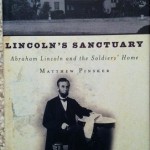 When most people think of Abraham Lincoln, they think of him toiling away in the White House, occasionally making his way to the adjoining War Department to check telegraph news from the front. Few know that Lincoln and his family actually spent much of the summers of 1862, 1863 and 1964 living at the “Soldier’s Home” and commuting daily to the White House.
When most people think of Abraham Lincoln, they think of him toiling away in the White House, occasionally making his way to the adjoining War Department to check telegraph news from the front. Few know that Lincoln and his family actually spent much of the summers of 1862, 1863 and 1964 living at the “Soldier’s Home” and commuting daily to the White House. When Lincoln Died is a wonderful old book published in 1965 by Ralph Borreson, who had a lifelong fascination with Abraham Lincoln. Borreson has successfully pulled together old photographs and drawings from every facet of the time from Lincoln’s death until his burial. The subtitle of the book says it all “the assassination, the final funeral journey, the pursuit and trial of the conspirators, the complete story in pictures and in the words of his day.”
When Lincoln Died is a wonderful old book published in 1965 by Ralph Borreson, who had a lifelong fascination with Abraham Lincoln. Borreson has successfully pulled together old photographs and drawings from every facet of the time from Lincoln’s death until his burial. The subtitle of the book says it all “the assassination, the final funeral journey, the pursuit and trial of the conspirators, the complete story in pictures and in the words of his day.”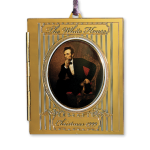
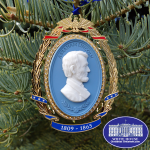
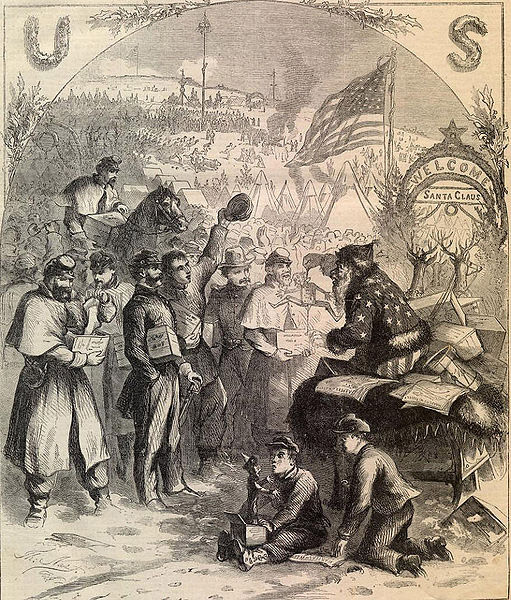
 There are over 15,000 books that have been written about Abraham Lincoln. At least that’s the number that is bandied about whenever someone talks about Lincoln books. Whether that number includes books about the Civil War or just books focused on Lincoln himself is also in question. In any case, I have over 800 titles, with more than 95% specific to the man, not the war.
There are over 15,000 books that have been written about Abraham Lincoln. At least that’s the number that is bandied about whenever someone talks about Lincoln books. Whether that number includes books about the Civil War or just books focused on Lincoln himself is also in question. In any case, I have over 800 titles, with more than 95% specific to the man, not the war.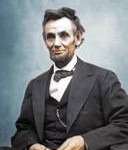 As I do research on Abraham Lincoln for a forthcoming book I periodically post reviews of some of the more interesting and relevant Lincoln scholarship. Which led me to this great book dating back to 1956 called Lincoln and the Tools of War by Robert V. Bruce.
As I do research on Abraham Lincoln for a forthcoming book I periodically post reviews of some of the more interesting and relevant Lincoln scholarship. Which led me to this great book dating back to 1956 called Lincoln and the Tools of War by Robert V. Bruce.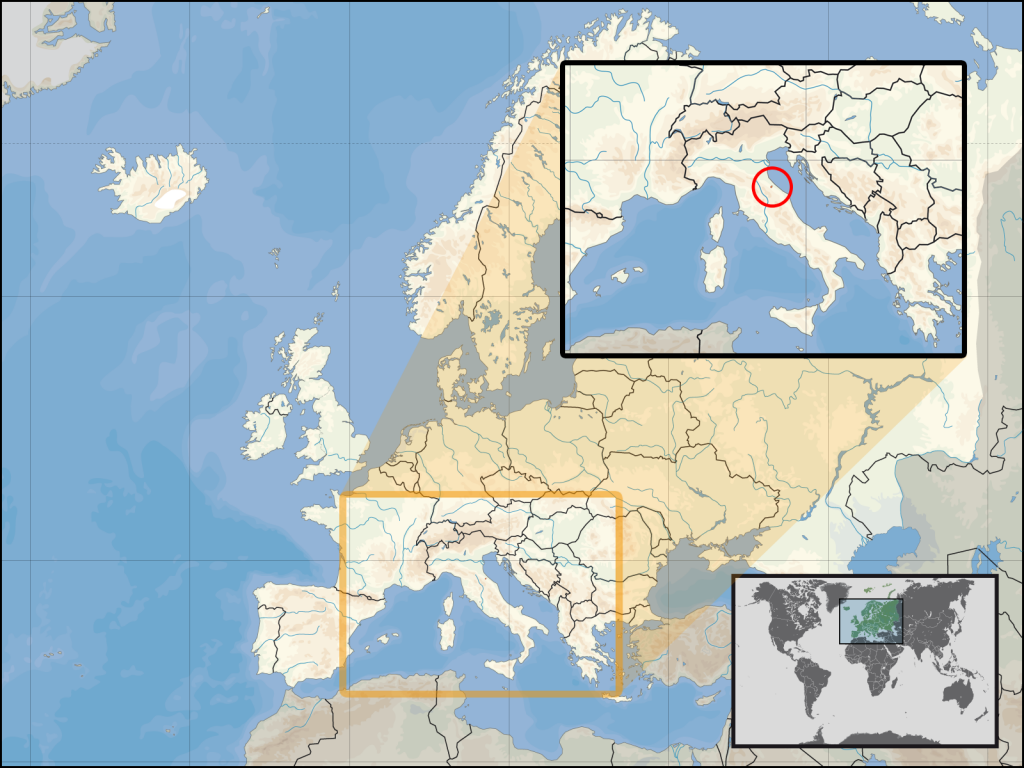
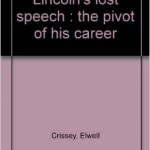 Abraham Lincoln once gave a speech that was so awe-inspiring that all the reporters there forgot to write it down. Sounds implausible, right? Ah, but it’s actually true. Elwell Crissey takes us back to May 29, 1856 with “Lincoln’s Lost Speech: The Pivot of His Career.” And despite the little problem of not having a record of the actual speech, Crissey does a great job enlivening the whole event surrounding its presentation.
Abraham Lincoln once gave a speech that was so awe-inspiring that all the reporters there forgot to write it down. Sounds implausible, right? Ah, but it’s actually true. Elwell Crissey takes us back to May 29, 1856 with “Lincoln’s Lost Speech: The Pivot of His Career.” And despite the little problem of not having a record of the actual speech, Crissey does a great job enlivening the whole event surrounding its presentation.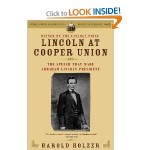 One would think the book’s subtitle “The speech that made Abraham Lincoln President,” would set up an unattainable expectation of greatness. After all, how could a book hold a candle to a great speech? Or perhaps the speech wasn’t so great after all and the author merely wanted to sell more books. And yet, I was wonderfully surprised to see that this really was an exceptional book about an exceptional speech.
One would think the book’s subtitle “The speech that made Abraham Lincoln President,” would set up an unattainable expectation of greatness. After all, how could a book hold a candle to a great speech? Or perhaps the speech wasn’t so great after all and the author merely wanted to sell more books. And yet, I was wonderfully surprised to see that this really was an exceptional book about an exceptional speech.






